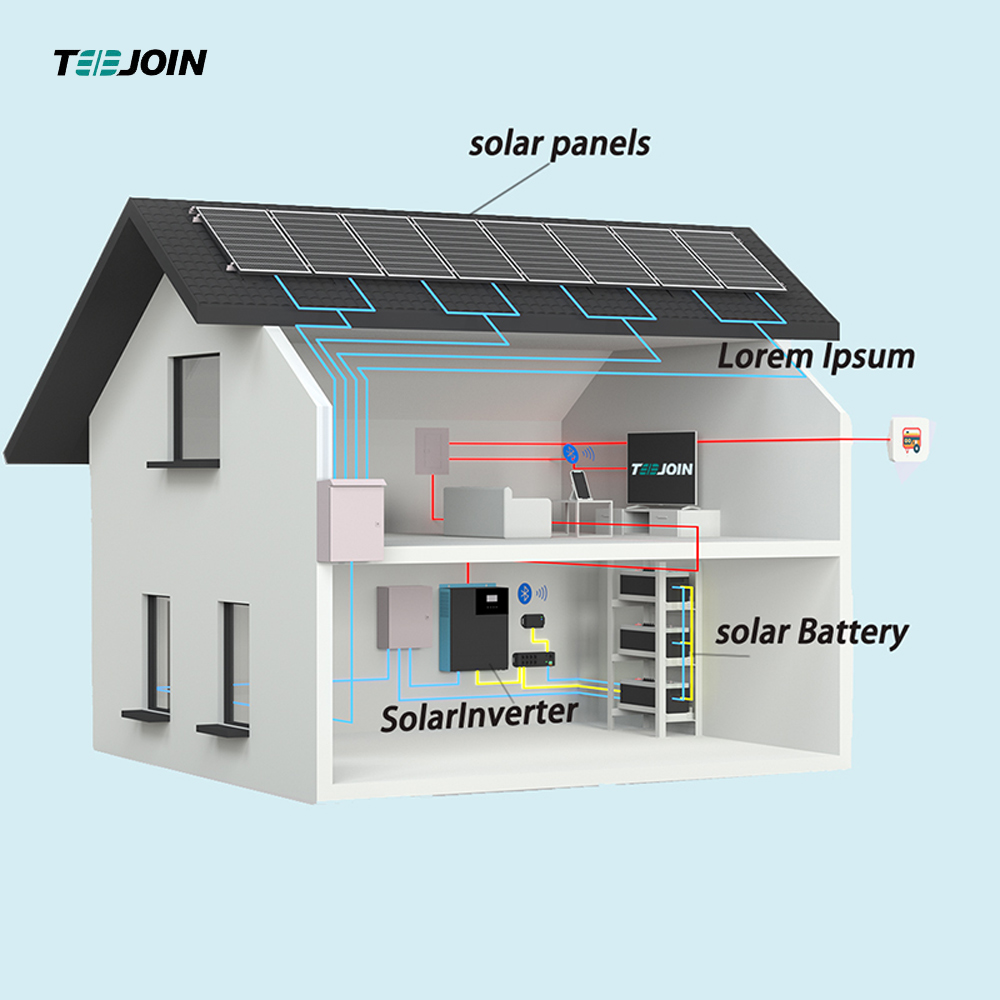DOE Announces $13 Million to Support Community Geothermal Heating and Cooling Solutions
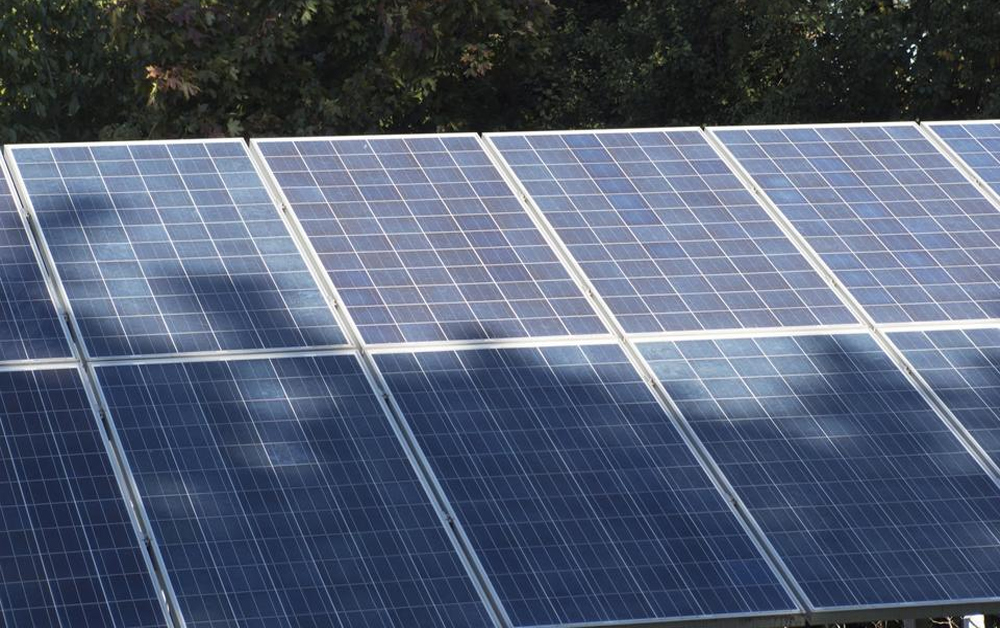
WASHINGTON, D.C. - The U.S. Department of Energy (DOE) announced today that 11 communities in 10 states have been selected to design community geothermal heating and cooling systems. Using clean geothermal energy for heating and cooling can help U.S. cities across the country meet their energy needs, reduce costs, create jobs, and reduce greenhouse gas emissions. Community-scale geothermal systems are more common outside the United States, but have a relatively small domestic presence. These options represent the first of two phases of a $13 million initiative to support the design and eventual deployment of community geothermal heating and cooling systems. Increasing the use of geothermal heating and cooling nationwide will help achieve President Biden's goal of a net-zero economy by 2050. These projects are part of President Biden's Justice40 initiative, which sets a goal that 40 percent of the overall benefits of certain federal investments flow to marginalized, underserved and disproportionately polluted vulnerable communities.
Since 2008, hundreds of thousands of solar panels have sprung up across the country as more and more Americans choose to power their daily lives with solar energy. That's because the cost of going solar is dropping every year. You may be considering installing a solar system on your home's roof, or looking for another way to harness solar energy.
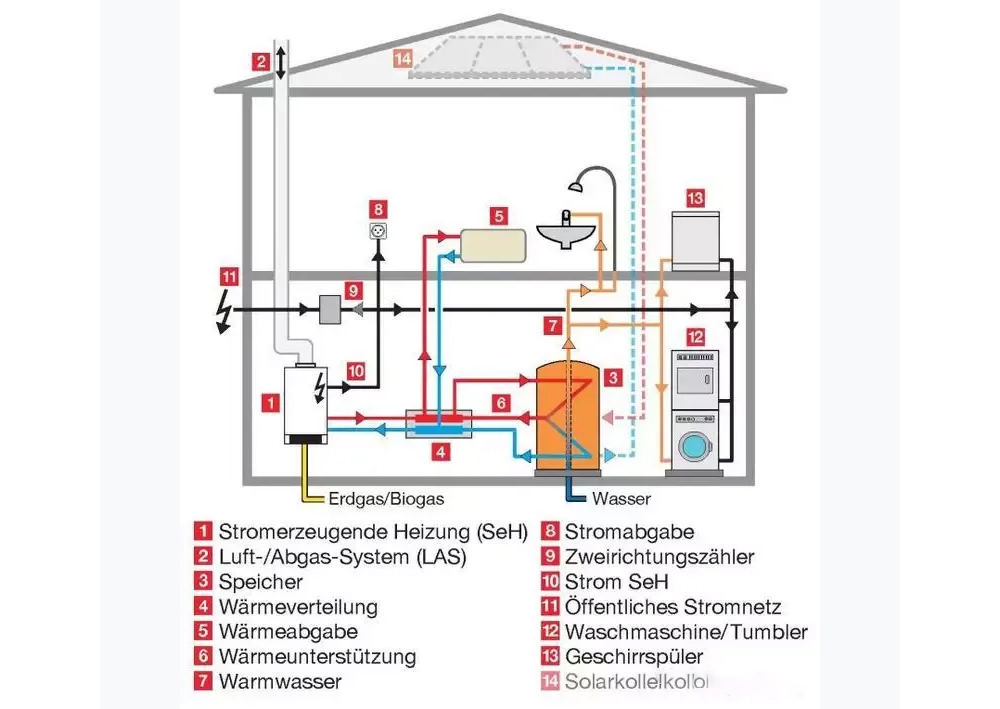
"Supporting the design and deployment of geothermal heating and cooling will expand the use of clean energy in decarbonizing our communities," said U.S. Secretary of Energy Jennifer Granholm." With today's announcement, the Department of Energy is making possible the broader adoption of these geothermal systems, which could go a long way toward decarbonizing the building and power sectors."
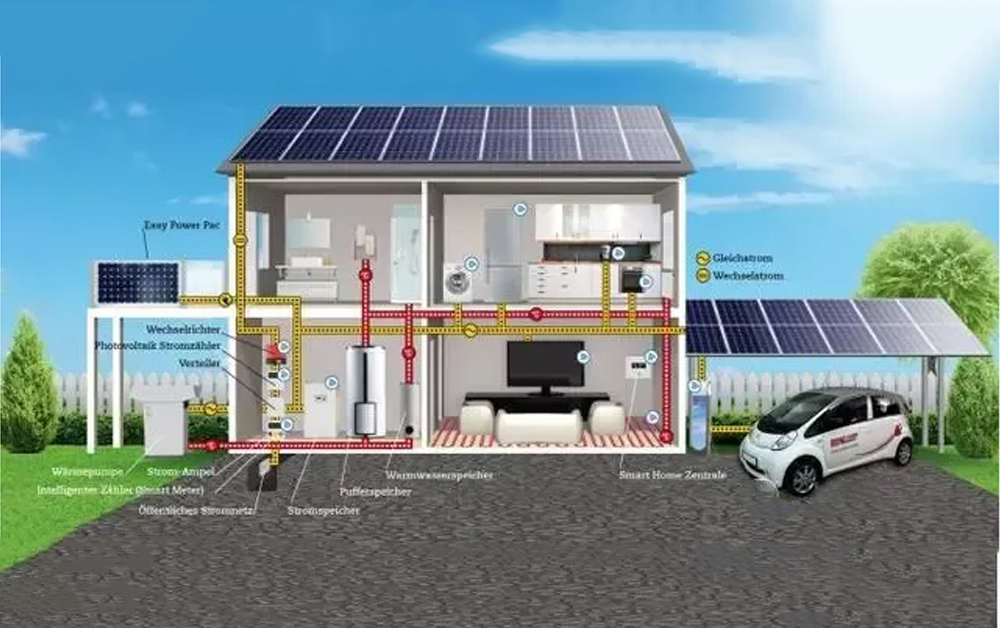
Community geothermal systems use the earth's underground space to provide heating and cooling for multiple homes and businesses through an underground distribution network. Such systems can use a variety of technologies, including geothermal heat pumps and direct use of geothermal water. They help decarbonize buildings by providing low-carbon heating and cooling, while supporting decarbonization of the power sector by providing a clean heating and cooling pathway that does not significantly increase electricity demand.
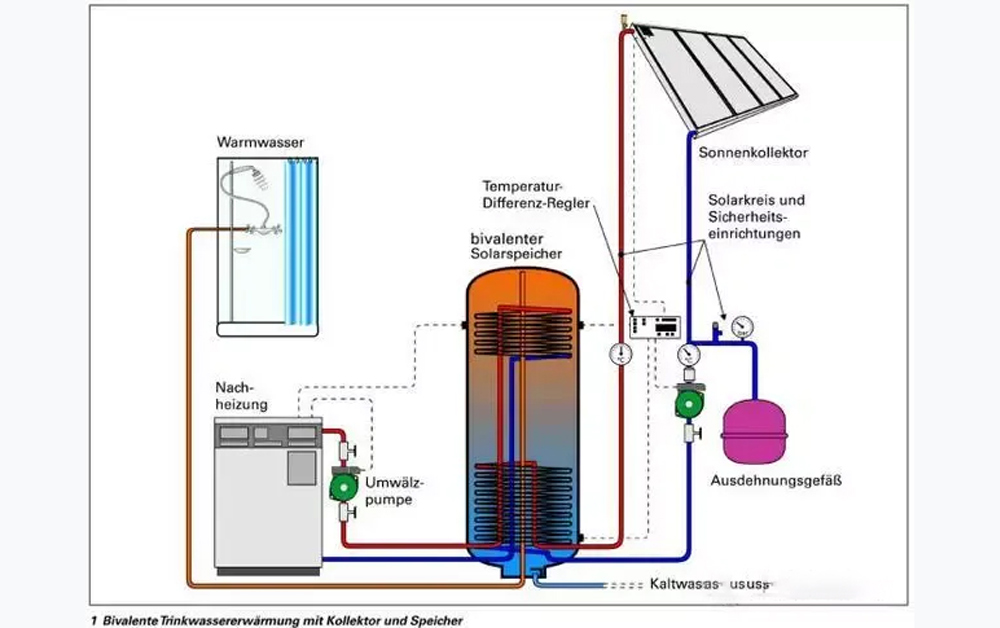
The projects include urban, suburban, rural and remote communities, as well as a range of system sizes, technologies and geographies, providing different case studies that will help other communities understand how they can implement community geothermal. The 11 selected projects include more than 60 partners across the U.S. and will be implemented by community coalitions, providing skills and expertise in community needs, workforce, design and analysis, and deployment. The selected projects are
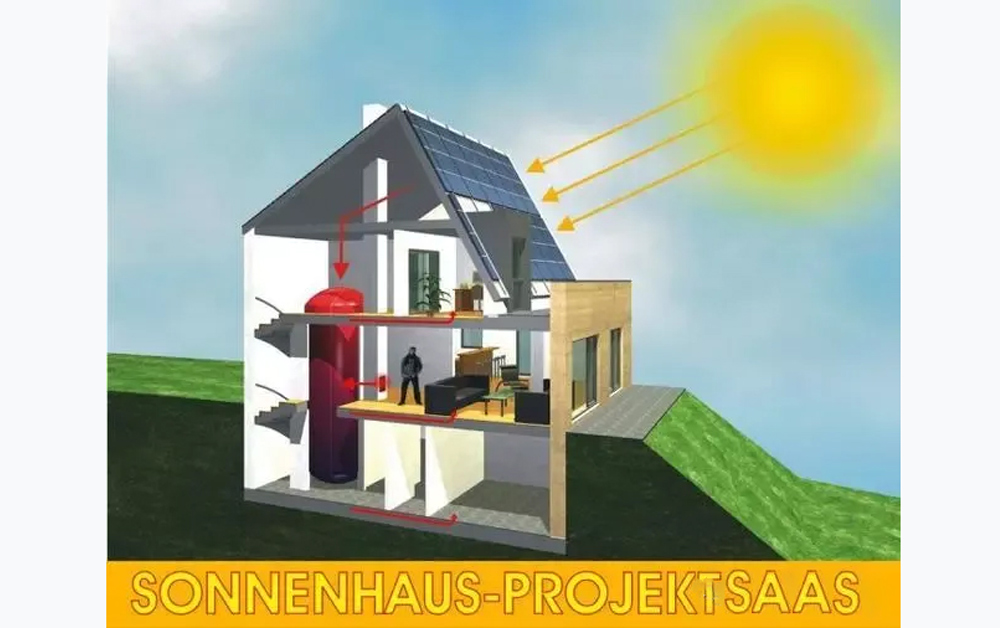
Urban/suburban communities
It allows homeowners, small building owners, installers and manufacturers to easily estimate the performance of potential PV installations and even compare solar costs to utility bills. These tools are great for getting started, but be sure to work with a solar installer to customize estimates of how much electricity your solar system might produce.
Cities/towns with a population of 10,000 or more, and all communities located within a metropolitan statistical area as defined by the White House Office of Management and Budget
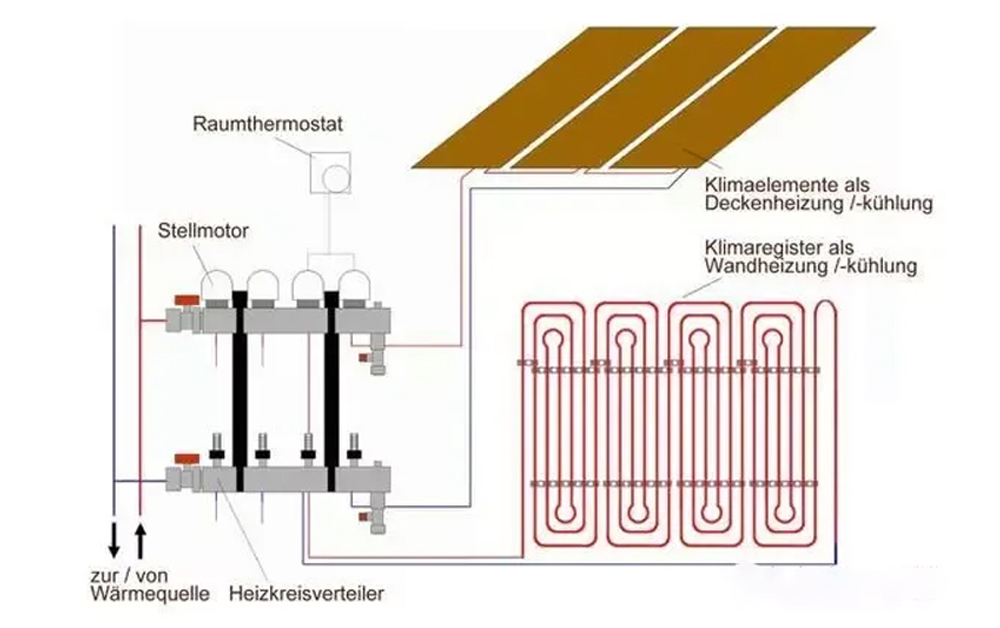
Ann Arbor, Michigan (Lead: City of Ann Arbor) - A loop geothermal system combined with efficiency improvements, rooftop solar, and battery storage to heat and cool 262 homes, an elementary school, a community center, a mental health facility, and a public works site.
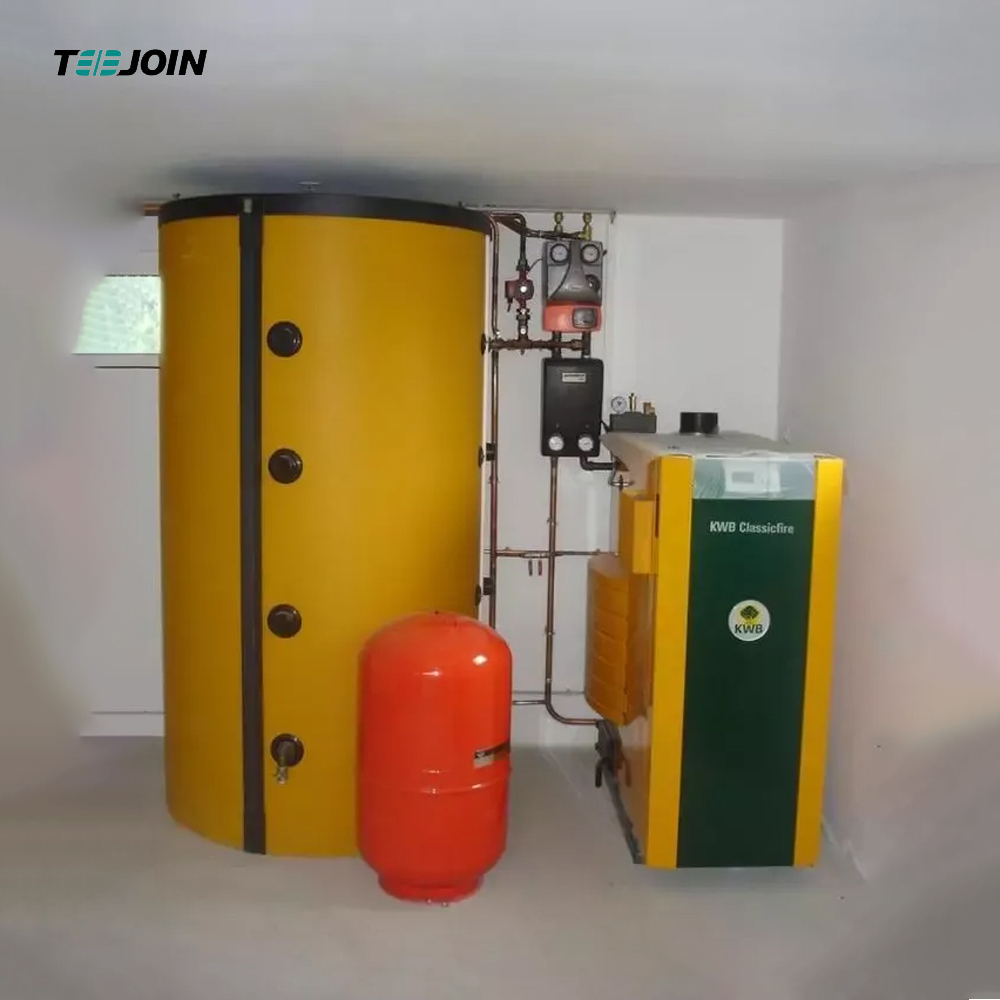
In several cities across the country, solar energy has become cost-competitive with electricity sold by local utilities. Since 2009, the cost of going solar has been decreasing every year, and researchers expect this trend to continue. Not only are panel prices falling, but so are the costs associated with installation, such as permitting and inspections - also known as "soft costs." All of SETO's grant programs are dedicated to increasing the affordability of solar and making it easier for consumers to choose solar.
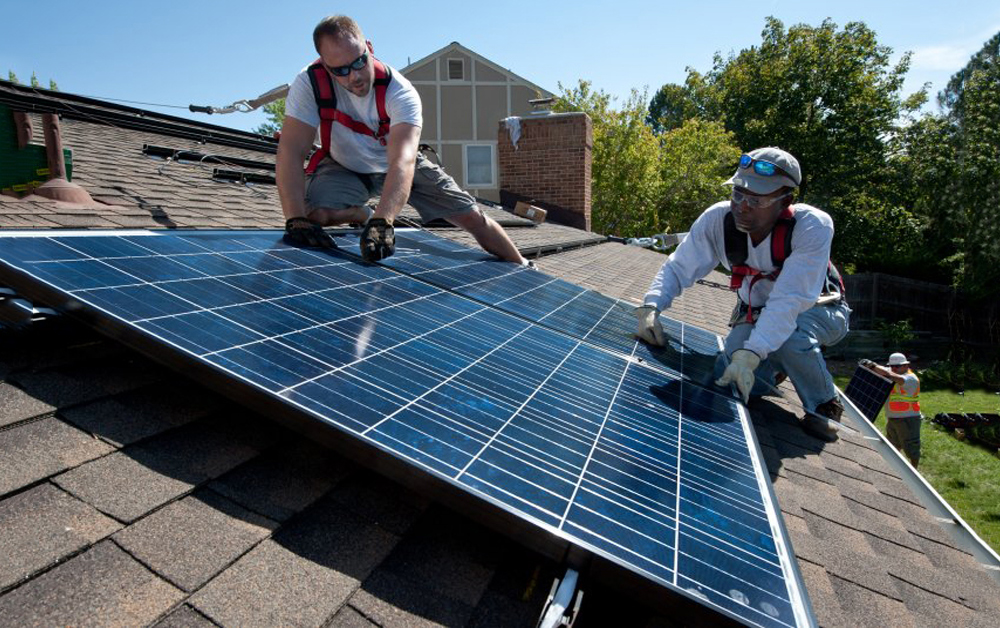
It should also be noted that energy efficiency upgrades are economically complementary to solar. By using Energy Star appliances and other products in your home, you need less solar energy to power your home.
